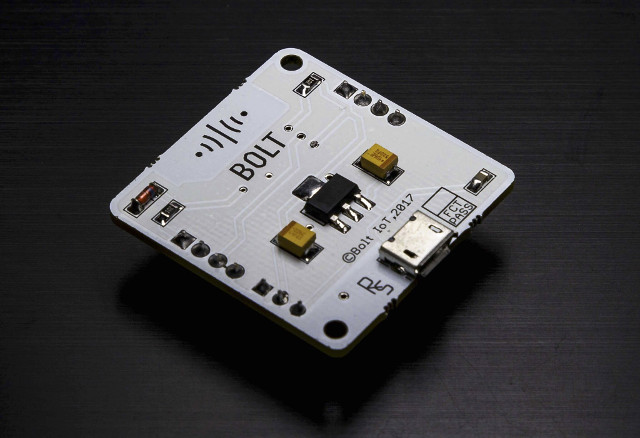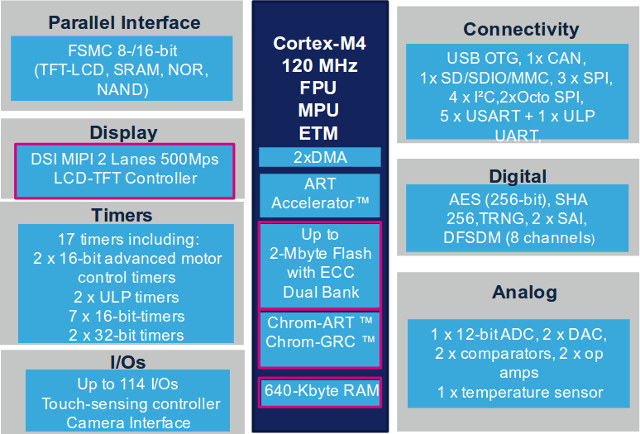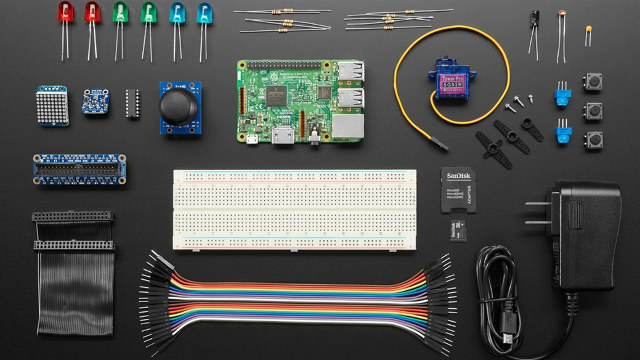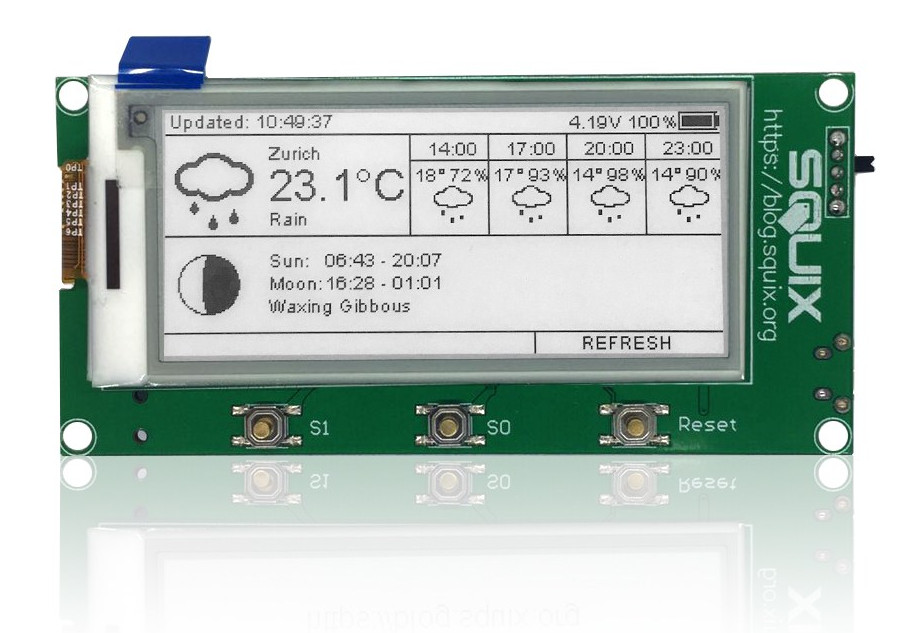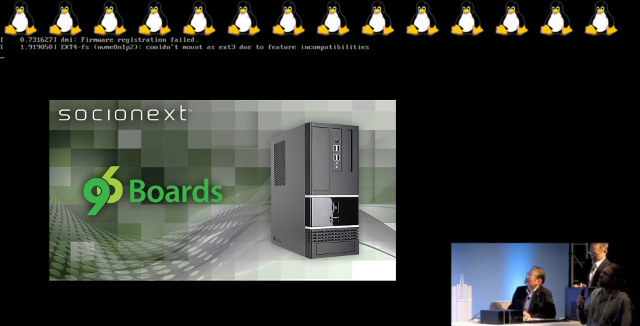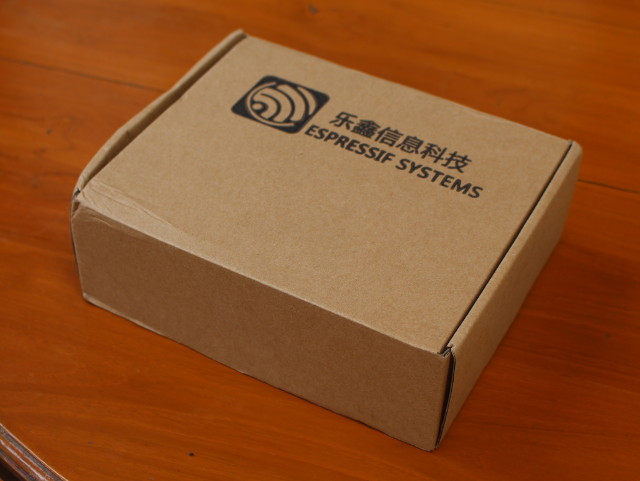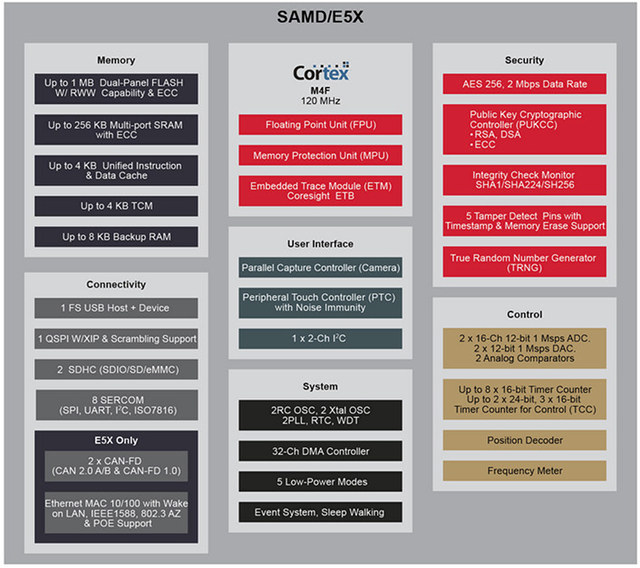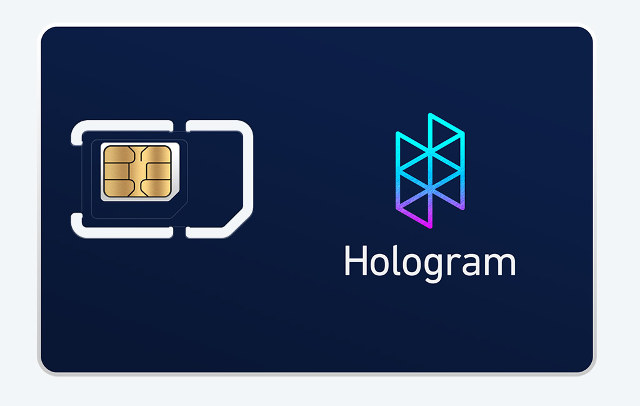There are plenty of hardware to implemented IoT projects now, but in many cases a full integration to get data from sensors to the cloud requires going though a long list of instructions. Bolt IoT, an Indian and US based startup, has taken up the task to simplify IoT projects with their IoT platform comprised of ESP8266 Bolt WiFi module, a cloud service with machine learning capabilities, and mobile apps for Android and iOS. Bolt IoT module hardware specifications: Wireless Module – A.I Thinker ESP12 module based on ESP8266 WiSoC Connectivity – 802.11 b/g/n WiFi secured by WPA2 USB – 1x micro USB for power and programming Expansion – 4-pin female header and 7-pin female header with 5 digital I/Os, 1x analog I/O, and UART Misc – Cloud connection LED The hardware is not the most interesting part of Bolt IoT, since it offers similar functionalities as other ESP8266 boards. […]
STMicro Introduces Ultra-efficient STM32L4+ Series MCUs with Better Performance, Chrom-GRC Graphics Controller
STMicroelectronics has announced an upgrade to their STM32L4 series Cortex-M4 micro-controllers with STM32L4+ series upping the maximum frequency from 80 MHz to 120 MHz delivering up to 150 DMIPS (233 ULPMark-CP) , and ultra low power consumption as long as 33 nA in shutdown mode without RTC. The new family also adds Chrom-GRC graphics controller (GFXMMU) that can handle both circular and square TFT LCD displays together with a MIPI DSI interface and displayer controller, making it ideal for wearables, Chrom-ART 2D accelerator for better graphics performance, two Octo SPI interfaces, and more memory (640KB max) and storage (up to 2MB flash). If you want to know all differences between STM32L4 and STM32L4+, and/or learn how to use peripherals, STMicro has setup a nice free STM32L4+ online training page, which allow you to do just that either by downloading PDF documents, or following e-Presentations with slides and audio. STM32L4+ appears […]
Google Cloud IoT Core Enters Public Beta, Various Devkits Available
Back in May, I wrote about Allwinner R18 based Banana Pi BPI-M64 Board with Google Cloud IoT Core support, as Google unveils the new cloud service during Google I/O. However, at the time it was only available to selected partners, and Google has recently launched the public beta making their IoT device management platform available to all. I first learned about this through an ARM community blog post announcing availability of the ARM-based IoT Kit for Cloud IoT Core on Adafruit using Raspberry Pi 3 board, a breadboard, and various modules that can be managed through Google services. But that are plenty of other IoT kits or boards for Google Cloud IoT Core including: Allwinner R18 based Pine A64-LTS, Banana Pi BPI-R18 Marvell based MACCHIATObin, and ESPRESSOBin boards Mongoose OS IoT starter kit with ESP32 board( instead of Raspberry Pi 3) Grove IoT Commercial Developer Kit based on Intel NUC […]
2.9″ ESPaper Lite Kit is a $40 ePaper Display Kit with an ESP8266 WiFi Module
Squix (Daniel Eichhorn) has designed a 2.9″ ESPaper Lite Kite is a battery powered kit based on a black and white ePaper module, and ESP-WROOM-02 module based on Espressif Systems ESP8266 WiSoC. 2.9″ ESPaper Lite Kit specifications: Wireless Module – ESP-WROOM-02 WiFi module with Espressif ESP8266 Display – 2.9″ B&W ePaper module with 296×128 pixels resolution connect over SPI to ESP8266 Debugging / Programming – 6-pin serial port header USB – 1x micro USB port for programming Misc – 3 buttons: Reset (wake up from deep sleep); S0 (flash/GPIO0); S1: user button connected to GPIO12; power switch; charging and (firmware) flashing LEDs Power – JST connector for LiPo battery; charging circuit You’ll need a 3.3V USB to TTL debug board for flashing the firmware to the board, and a LiPo battery to power it up. The solution is particularly useful if you want a battery powered display that is infrequently […]
Short Demo with 96Boards SynQuacer 64-bit ARM Developer Box
Even if you are working on ARM platforms, you are still likely using an Intel or AMD x86 build machine, since there’s not really a good alternative in the ARM world. Linaro talked about plans to change that at Linaro Connect Budapest 2017 in March, and a few days ago, GIGABYTE SynQuacer software development platform was unveiled with a Socionext SynQuacer SC2A11 24-core Cortex-A53 processor, and everything you’d expect from a PC tower with compartment for SATA drives, PCIe slots, memory slots, multiple USB 3.0 ports, and so on. The platform was just demonstrated a Linaro Connect San Francisco right after Linaro High Performance Computing keynotes by Kanta Vekaria, Technology Strategist, Linaro, and Yasuo Nishiguchi, Socionext’s Chairman & CEO. If you have never used a system with more than 14 cores, you’d sadly learn that the tux logos at boot times will only be shown on the first line, skipping […]
A First Look at ESP32 PICO Core Development Board Powered by ESP32-PICO-D4 SiP
Last week, I wrote about ESP32-PICO-D4 system-in-package (SiP) that contains ESP32 WiSoC, 4MP SPI flash, a crystal oscilloscator and some passive components in a single 7×7 mm package in order to allow smaller designs based on ESP32. The company noticed the post, and asked me whether I’d be interested in receiving “some development boards based on ESP32 PICO”, an offer hard to refuse :), and within a couple of days I received the package below. So I ended up with 10 identical development kits, the company probably thought it was no worth paying for DHL to only send one or two development boards… The boards may also be part of some contests… We’ll see 😉 So let’s take two, and have a closer look at “ESP32_PICO_Core_Board_V3″… It comes with two rows of 20 pins with access to all I/Os, and features three main chips: ESP32-PICO-D4 SiP, AMS1117 voltage regulator, and Silabs […]
Microchip SAM D5x and SAM E5x ARM Cortex-M4 Micro-Controllers Launched with Optional Ethernet and CAN Bus
Microchip has just introduced two new families of micro-controllers based on ARM Cortex-M4F with SAM D5x and SAM E5x series sporting up to 1 MB of dual-panel flash and 256 KB of SRAM both with ECC support. Both families also support QSPI flash with XIP (eXecute In Place) support, features an SD card controller and a capacitive touch controller, with SAM E5x family also adding support for two CAN-FD ports and Ethernet. Microchip SAM A5x/E5x key features and specifications: MCU Core – ARM Cortex-M4F core running at 120 MHz with single precision Floating Point Unit (FPU) Memory – Internal memory architecture with user configurable Tightly Coupled Memory, System memory, Memory Protection Unit and 4KB Combined I-cache and D-cache; up to 256KB ECC SRAM, up to 1MB ECC flash Storage I/F – Quad Serial Peripheral Interface(QSPI) with Execute in Place (XIP) Support Peripherals Up to 2x Secure Digital Host Controller (SDHC) […]
Hologram LTE Software-Defined Global Network for Cellular IoT Projects Starts at $0.40 per Month per Device
Cellular connectivity can be rather expensive, and in the IoT realms, new LTE standards are still evolving and you may want to manage your own mini cellular network, so ideally we would need a provider that offers both low cost and flexibility. Hologram LTE network does both as it’s a software-defined network, and pricing starts at $5 for the SIM card and $0.40 per month per device. The company also just announced that their network was available for global deployment with the service available in more than 170 countries via partnerships through over 200 cellular carriers. The SIM card supports automatic roaming and carrier switching, and spacebridge inbound tunnel access allows for secure remote programming and device management. The SIM card specifications are as follows: 2G/GPRS, 3G HSPDA, 4G LTE Read/Write Cycles: Min. 500,000 Operating Temperature: -25°C ~ 85°C Data Retention: Min. 25 years at 25°C Triple-cut for Mini, Micro, […]


